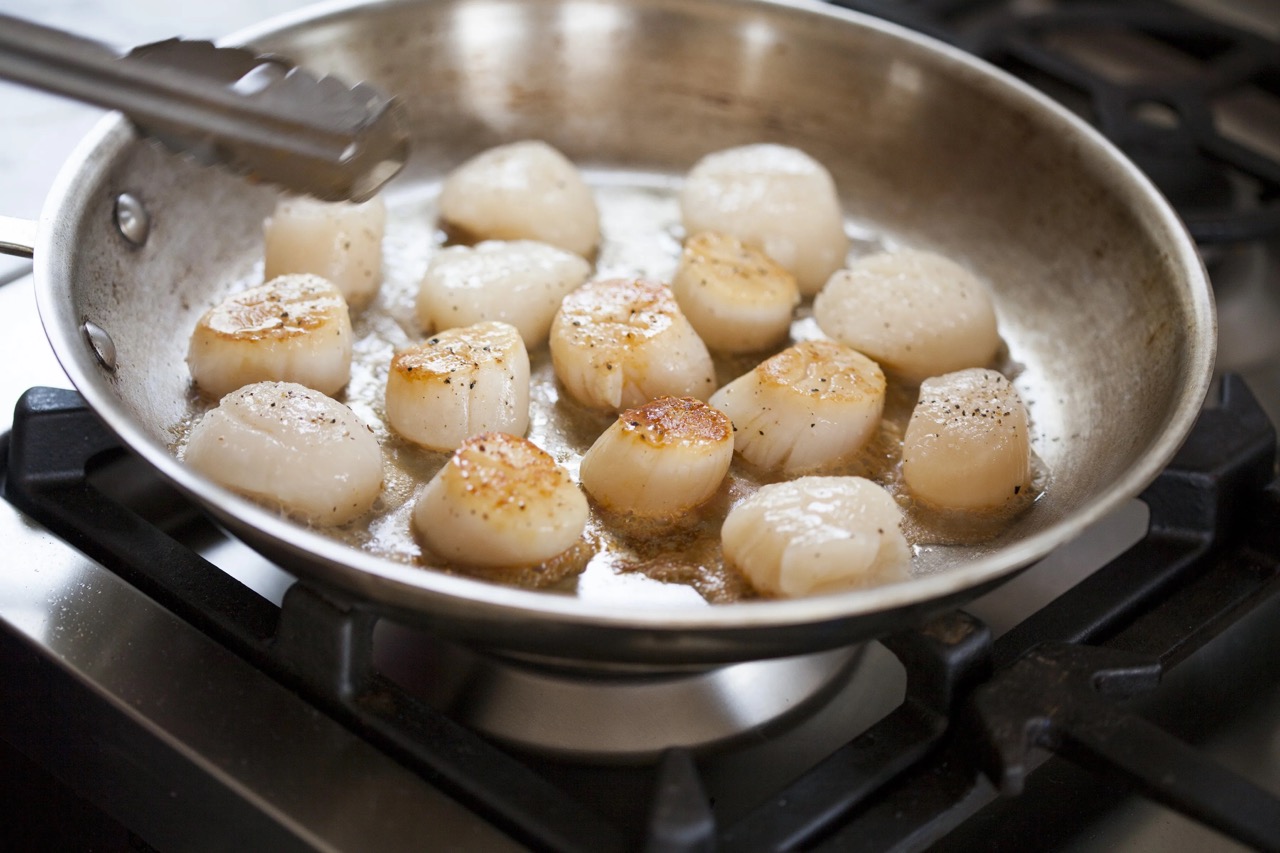

Articles
How Do You Cook Scallops On The Stove Top
Modified: December 7, 2023
Discover delicious articles on how to cook scallops on the stove top and create restaurant-quality dishes in your own kitchen.
(Many of the links in this article redirect to a specific reviewed product. Your purchase of these products through affiliate links helps to generate commission for Storables.com, at no extra cost. Learn more)
Introduction
When it comes to cooking seafood, scallops are a delicacy that should not be overlooked. These succulent shellfish are known for their sweet and delicate flavor, making them a popular choice among seafood enthusiasts. If you’re looking to cook scallops on the stove top, you’re in for a treat! In this article, we’ll take a closer look at the step-by-step process of cooking scallops on the stove top, ensuring you achieve perfectly seared, tender scallops every time.
Before we dive into the cooking process, it’s essential to understand the importance of choosing and preparing scallops properly. Freshness is key when it comes to seafood, and scallops are no exception. Look for scallops that are firm and glossy, with a mild, sweet smell. Avoid scallops that appear damp or have a strong fishy odor, as these may not be as fresh.
In terms of preparing the scallops, you’ll want to start by removing the small side muscle that is attached to the scallop. This muscle tends to be chewy and can affect the texture of the cooked scallops. Gently grasp the muscle between your fingers and give it a firm tug to remove it. Once the scallops are cleaned, it’s time to move on to seasoning and marinating them to enhance their flavor.
Key Takeaways:
- Master the art of cooking succulent scallops on the stove top by choosing fresh, high-quality scallops, seasoning them to perfection, and achieving a beautiful sear for a delightful gourmet seafood experience.
- Elevate your scallop dish with complementary sauces, side dishes, and creative garnishes to impress your guests and savor the succulent, delicate flavors of these exquisite shellfish. Happy cooking!
Read more: How Do You Cook Salmon On The Stove Top
Choosing and Preparing Scallops
When it comes to choosing scallops, freshness is of utmost importance. Look for scallops that are plump, firm, and have a slight translucency to them. Avoid scallops that appear slimy, discolored, or have a strong fishy odor. Fresh scallops should have a delicate, sweet smell, reminiscent of the sea.
If possible, opt for dry scallops instead of wet scallops. Dry scallops are untreated and haven’t been soaked in a chemical solution to extend their shelf life. They tend to have a purer flavor and a better texture when cooked. Wet scallops, on the other hand, have been treated with a solution that can affect their taste and cause them to release excess liquid while cooking.
Before cooking scallops, it’s important to give them a thorough rinse under cold water to remove any lingering debris or sand. Pat them dry with a paper towel before proceeding. Next, take a close look at the sides of the scallops and locate the small side muscle. This muscle, also known as the “foot,” will be slightly tougher than the rest of the scallop. To remove it, simply grip it with your fingers and give it a gentle tug. It should come off easily. Removing this muscle will prevent the scallops from becoming tough or chewy.
Once the scallops are cleaned and the side muscle is removed, it’s time to move on to seasoning and marinating.
Seasoning and Marinating Scallops
Seasoning and marinating scallops is a great way to enhance their natural flavor and add an extra dimension to your dish. While scallops have a delicate taste, they can still benefit from a little seasoning to bring out their flavors.
A simple way to season scallops is by sprinkling them with a pinch of salt and pepper. This will add a touch of savory flavor and help season the scallops evenly. You can also incorporate other herbs and spices such as garlic powder, paprika, or cayenne pepper for a bolder flavor profile.
If you want to take the flavor to the next level, consider marinating the scallops. A marinade not only infuses the scallops with additional flavor but also helps tenderize them. One option is to create a marinade using olive oil, lemon juice, minced garlic, and a sprinkle of your favorite herbs, such as parsley or thyme. Gently toss the scallops in the marinade and let them sit for about 15-30 minutes in the refrigerator before cooking.
Remember not to marinate the scallops for too long, as the acid in the marinade can start to break down their delicate texture and make them mushy. Aim for a short marinating time to allow the flavors to seep into the scallops without compromising their integrity.
Once the scallops are seasoned or marinated to your liking, it’s time to move on to the cooking process.
Heating the Pan and Adding Oil
The key to achieving perfectly seared scallops is to start with a hot pan. Before you begin cooking, make sure you have a large skillet or frying pan that is suitable for high heat cooking. A stainless steel or cast iron pan is ideal as it distributes heat evenly.
To heat the pan, place it over medium-high heat on your stove top. Allow it to preheat for a few minutes until it is hot but not smoking. Heating the pan thoroughly ensures a nice caramelization on the scallops, creating a delicious golden crust.
Once the pan is hot, it’s time to add oil. You want to use an oil with a high smoke point, such as vegetable oil, canola oil, or clarified butter (also known as ghee). Add enough oil to the pan to lightly coat the bottom. Swirl the oil around to evenly distribute it across the surface of the pan.
Using an oil with a high smoke point is crucial because scallops require high heat for a quick sear without burning the oil. This will prevent the scallops from sticking to the pan and give them a beautiful golden color.
With the pan heated and the oil added, you’re now ready to start cooking the scallops on the stove top.
Make sure the scallops are dry before cooking to ensure a good sear. Heat a non-stick pan over medium-high heat, add oil, and sear the scallops for 2-3 minutes on each side until golden brown. Avoid overcrowding the pan to prevent steaming.
Cooking Scallops on the Stove Top
Now that you have your pan heated and oil ready, it’s time to cook the scallops on the stove top. Follow these steps to ensure perfectly cooked scallops:
- Place the scallops in the hot pan, making sure there is enough space between each scallop to prevent overcrowding. Crowding the pan can cause the scallops to steam instead of sear.
- Allow the scallops to cook undisturbed for about 2-3 minutes on one side, or until a golden crust starts to form. The scallops should release easily from the pan when they are ready to be flipped.
- Use a pair of tongs to carefully flip each scallop to the other side. If the scallops resist, give them a little more time before attempting to flip again.
- Cook the scallops for an additional 2-3 minutes on the second side, or until they are cooked through and opaque in the center.
Keep in mind that cooking times may vary depending on the size of the scallops. Larger scallops will require a longer cooking time, while smaller ones may cook more quickly. It’s crucial to monitor the scallops closely to avoid overcooking, as they can become rubbery and lose their tenderness.
During the cooking process, you’ll notice the scallops starting to develop a beautiful caramelized crust. This crust not only adds flavor but also provides a pleasing texture contrast to the tender interior.
Once the scallops are cooked to your desired doneness, remove them from the pan immediately to prevent them from continuing to cook. Transfer them to a plate lined with a paper towel to absorb any excess oil.
Now that the scallops are cooked, it’s time to enjoy their deliciousness!
Flipping and Finishing the Scallops
Flipping scallops can sometimes be a delicate process, but with a few simple tips, you’ll be able to master it like a pro. Here’s how to flip and finish the scallops:
- Before flipping, ensure that the scallops have developed a golden crust on the first side. This will help them release easily from the pan.
- Using a pair of tongs, gently lift each scallop and flip it to the other side. Be careful not to press down on the scallops too much, as this can cause them to lose their juices.
- Allow the scallops to cook on the second side for an additional 2-3 minutes, or until they are cooked through. The second side usually takes slightly less time to cook than the first side.
- To test for doneness, you can use the “poke” method. Gently press the center of a scallop with your finger or a fork. If it feels slightly firm and springs back, the scallop is cooked. If it feels soft and mushy, it needs a bit more time.
Remember, overcooking can result in tough and rubbery scallops. It’s better to slightly undercook them as the residual heat will continue to cook them after they are removed from the pan.
Once the scallops are cooked to perfection, it’s time to serve and enjoy their succulent flavors.
Consider pairing the scallops with a squeeze of lemon juice for a fresh and tangy taste. You can also serve them with a side of your choice, such as a bed of greens, roasted vegetables, or a light pasta. The options are endless when it comes to complementing the delicate flavor of scallops.
Now that you know how to flip and finish the scallops, you’re ready to plate up your masterpiece and savor the delectable flavors of this delectable seafood.
Serving and Enjoying the Scallops
Now that you’ve successfully cooked the scallops on the stove top, it’s time to present and savor your culinary creation. Here are some tips for serving and enjoying the scallops:
- Plate Presentation: Carefully arrange the cooked scallops on a serving plate. Consider adding a garnish, such as a sprig of fresh herbs or a drizzle of sauce, to enhance the visual appeal of the dish.
- Sauces and Accompaniments: Consider pairing the scallops with a flavorful sauce or reduction. Some classic options include lemon butter sauce, garlic aioli, or a tangy citrus vinaigrette. You can also serve the scallops with a side of your choice, such as creamy mashed potatoes, sautéed vegetables, or a refreshing salad.
- Garnishes and Flair: Add a final touch to the dish with creative garnishes. Sprinkle some freshly chopped herbs, such as parsley or chives, over the scallops for added freshness. You can also drizzle a dash of balsamic glaze or sprinkle a pinch of sea salt to elevate the flavors.
- Enjoyment: Take a moment to admire your beautifully prepared scallops before digging in. The aroma and presentation will surely awaken your senses. When you take that first bite, savor the tender and succulent texture, enjoying the delicate flavors that the scallops offer. Let the flavors dance on your palate and appreciate the efforts you put into creating this delightful dish.
Remember, scallops are best enjoyed immediately after cooking. They tend to cool down quickly, so be sure to serve them hot to savor their optimal taste and texture.
Whether you’re preparing a simple weeknight dinner or hosting a special occasion, cooking scallops on the stove top is a delicious way to impress your guests and indulge in a gourmet seafood experience. With the right techniques and a few added touches, your scallop dish is sure to be a crowd-pleaser.
So why wait? Grab your apron, head to the kitchen, and embark on a culinary journey with scallops. With a little practice and a whole lot of enjoyment, you’ll soon become a master at cooking these delectable treasures of the sea.
Conclusion
Cooking scallops on the stove top is a culinary adventure that allows you to experience the delightful flavors of these exquisite shellfish. With the right techniques and a little creativity, you can transform simple scallops into a sensational dish that delights the taste buds and impresses your guests.
Choosing fresh and high-quality scallops is the first step towards a successful cooking experience. Giving them a thorough rinse and removing the side muscle ensures that you’re working with the best possible ingredients. Seasoning and marinating the scallops adds depth of flavor and enhances their natural sweetness.
Properly heating the pan and adding oil allows for a beautiful sear and caramelization, resulting in a golden crust on the scallops. The cooking process involves carefully flipping the scallops and cooking both sides until they are cooked through yet tender. Monitoring the cooking time and avoiding overcooking is essential to maintain their delicate texture.
Serving the scallops with complementary sauces, side dishes, and garnishes elevates their presentation and taste. Take the time to savor the scallops and appreciate their succulence and delicate flavors. Whether you’re enjoying them as a weeknight dinner or a special occasion, cooking scallops on the stove top is a delightful way to indulge in a gourmet seafood experience.
So, don’t be afraid to dive into the world of scallops and experiment with different flavors and techniques. With each attempt, you’ll gain more confidence and expertise in cooking these delectable treasures of the sea. So fire up your stove, gather your ingredients, and embark on a culinary journey that will delight your taste buds and leave you craving more of these exquisite shellfish.
Happy cooking!
Frequently Asked Questions about How Do You Cook Scallops On The Stove Top
Was this page helpful?
At Storables.com, we guarantee accurate and reliable information. Our content, validated by Expert Board Contributors, is crafted following stringent Editorial Policies. We're committed to providing you with well-researched, expert-backed insights for all your informational needs.
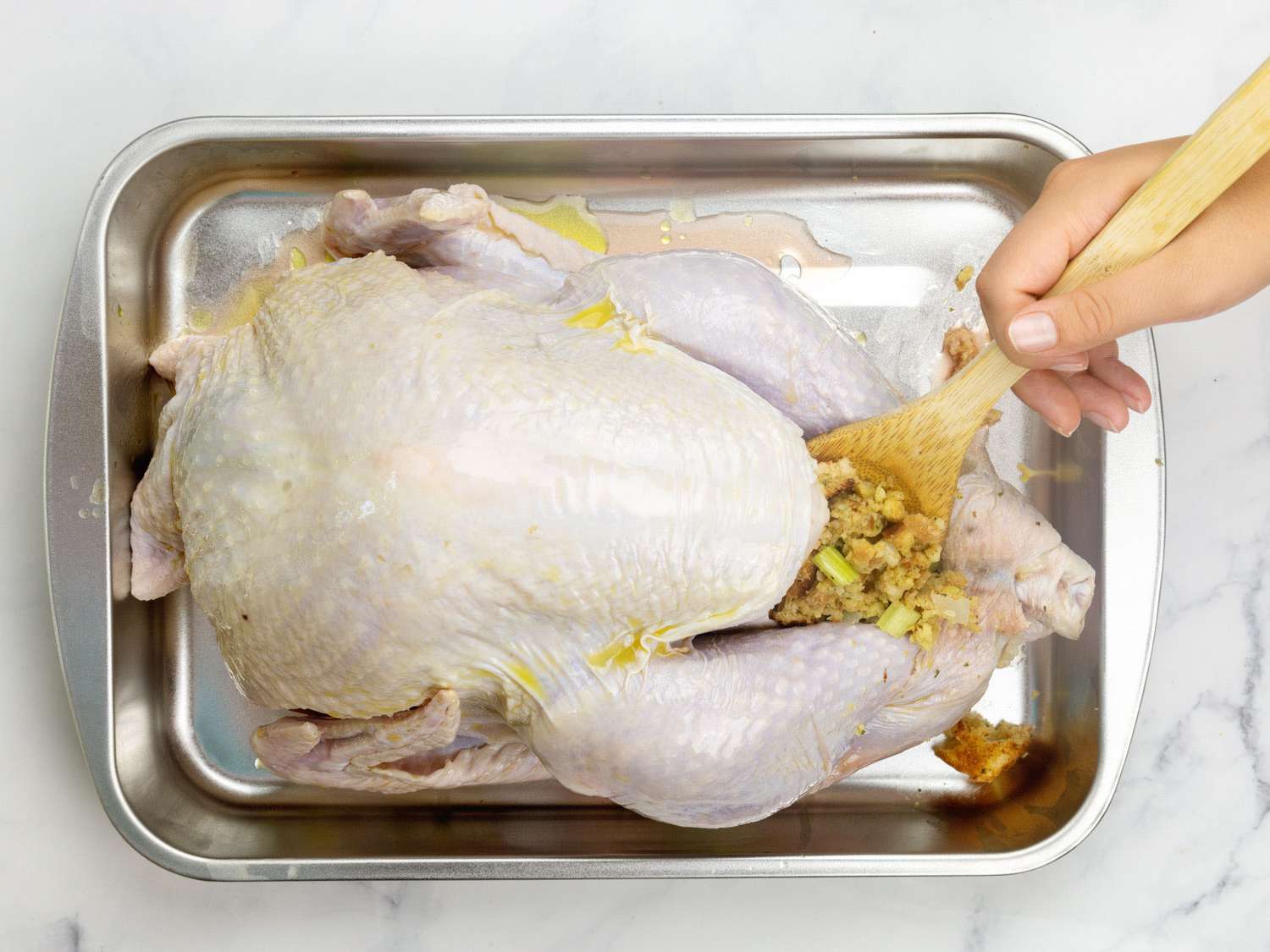
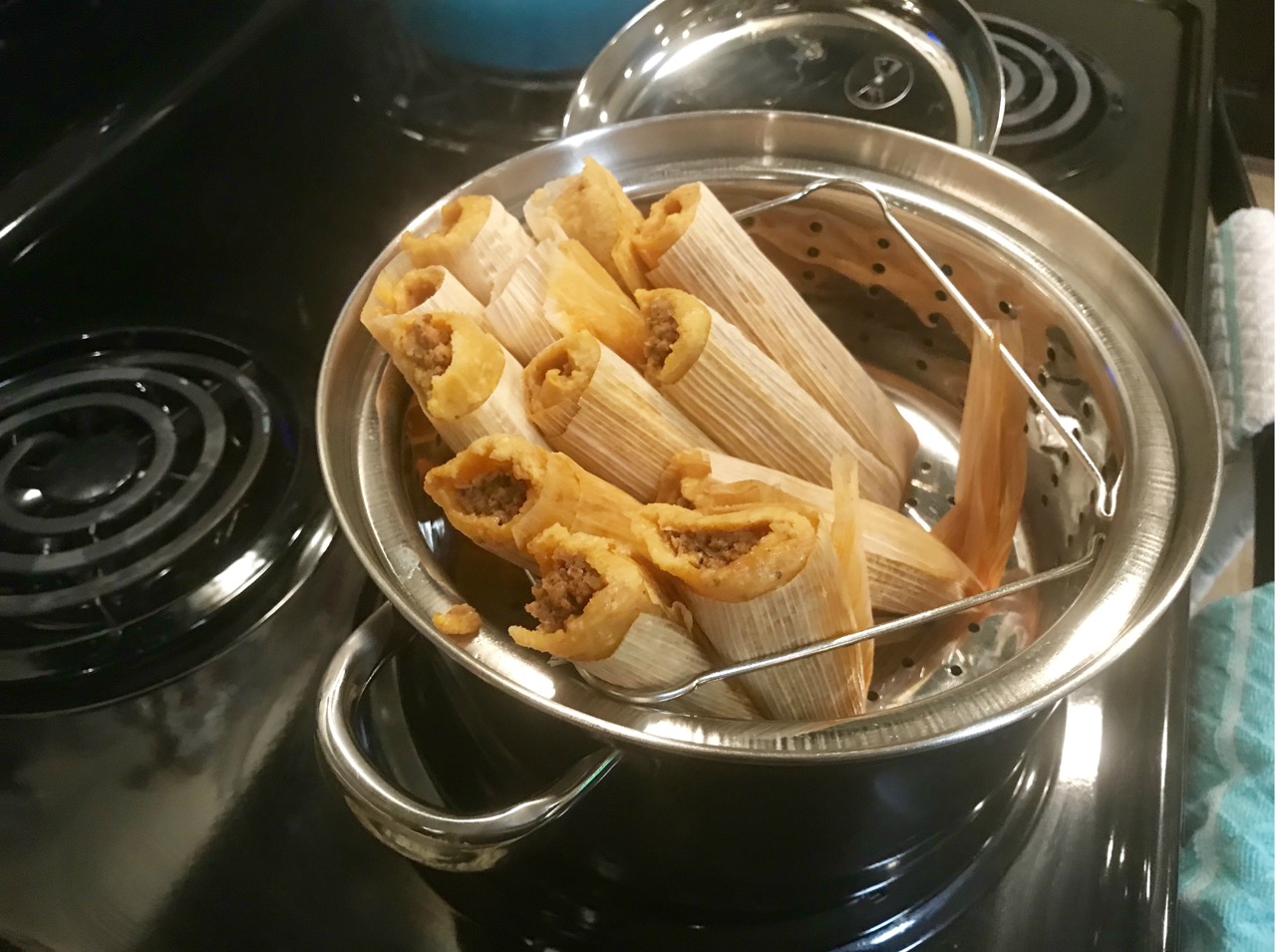
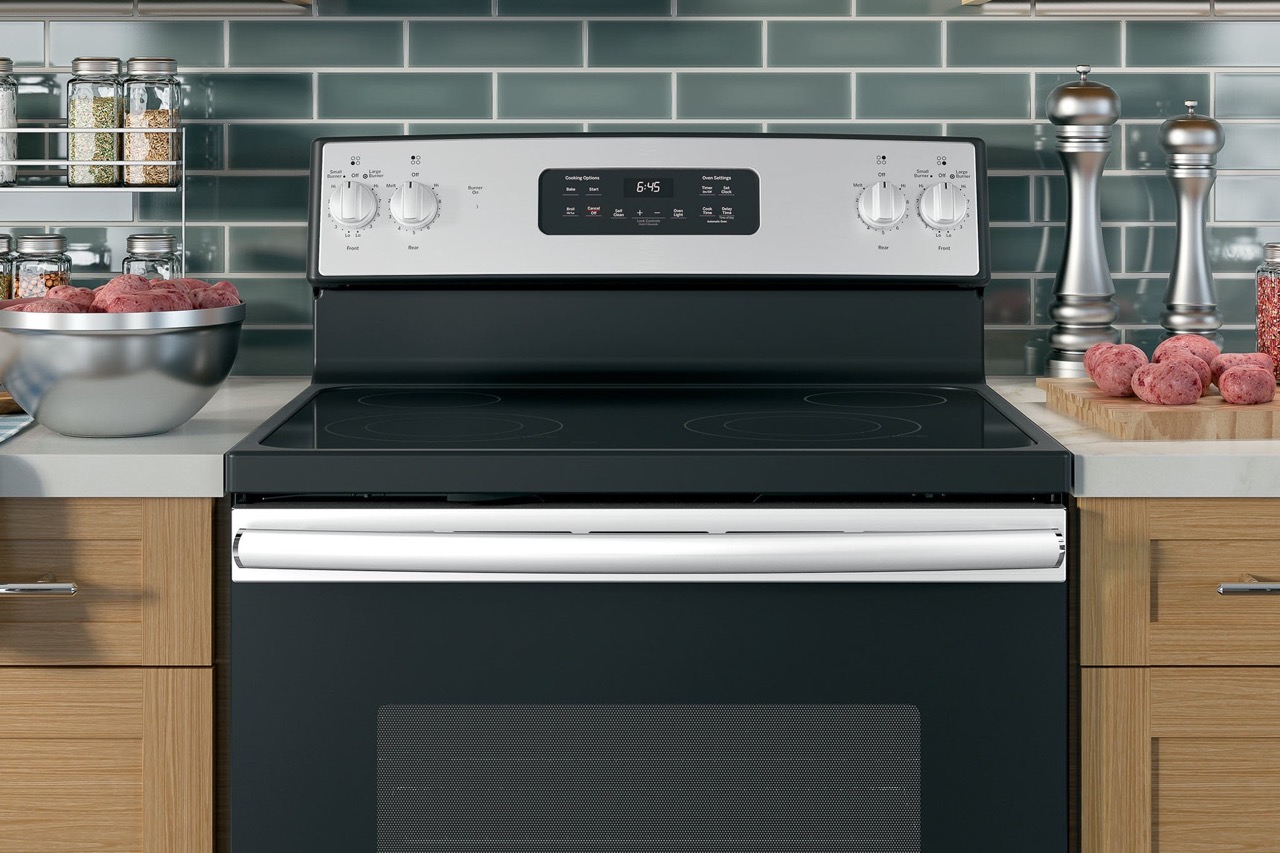
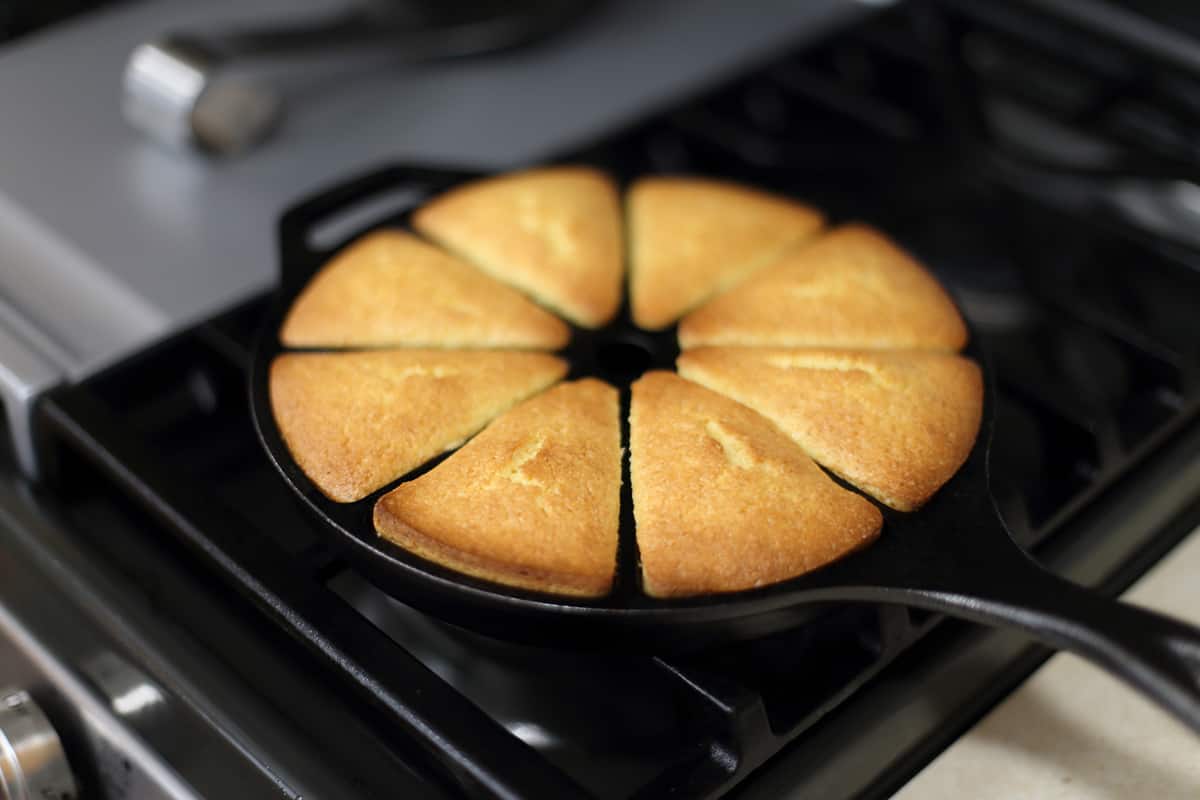
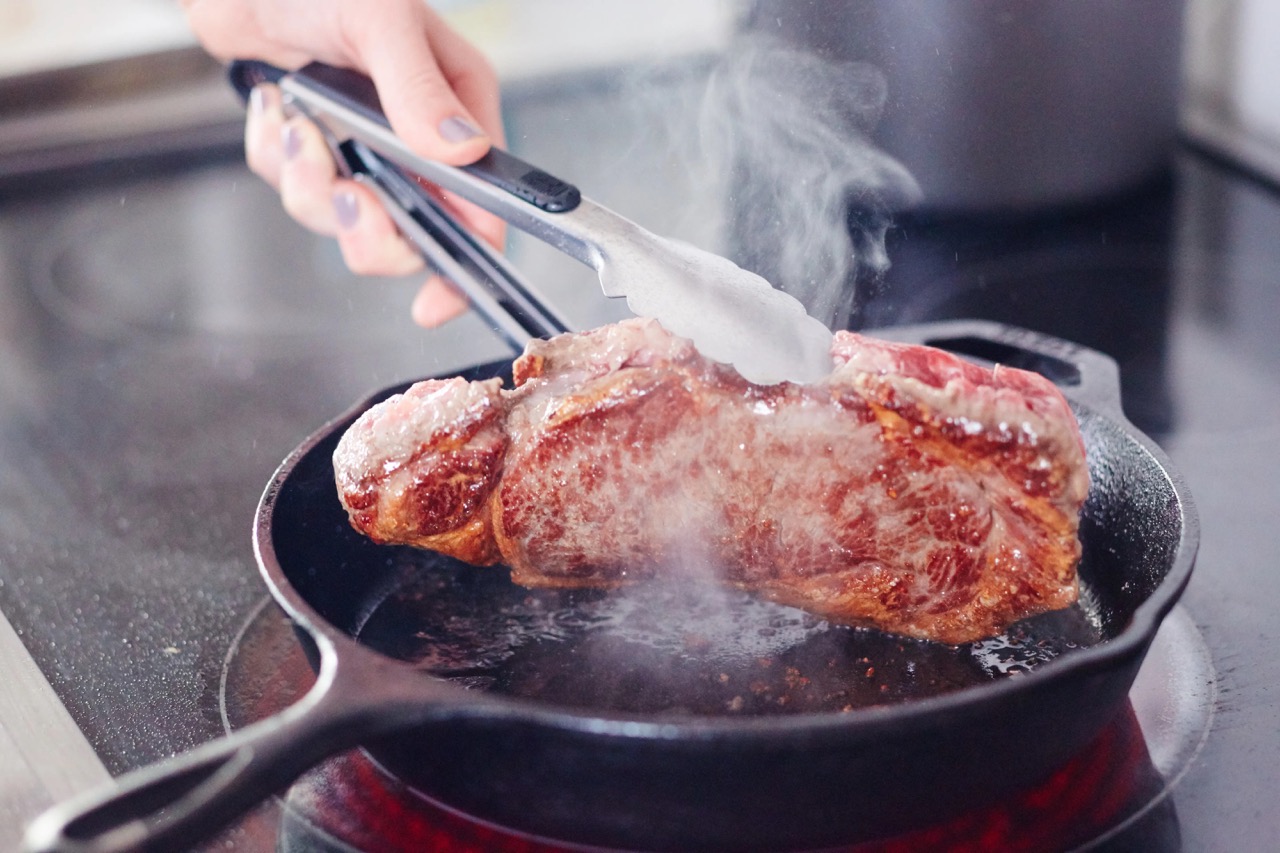
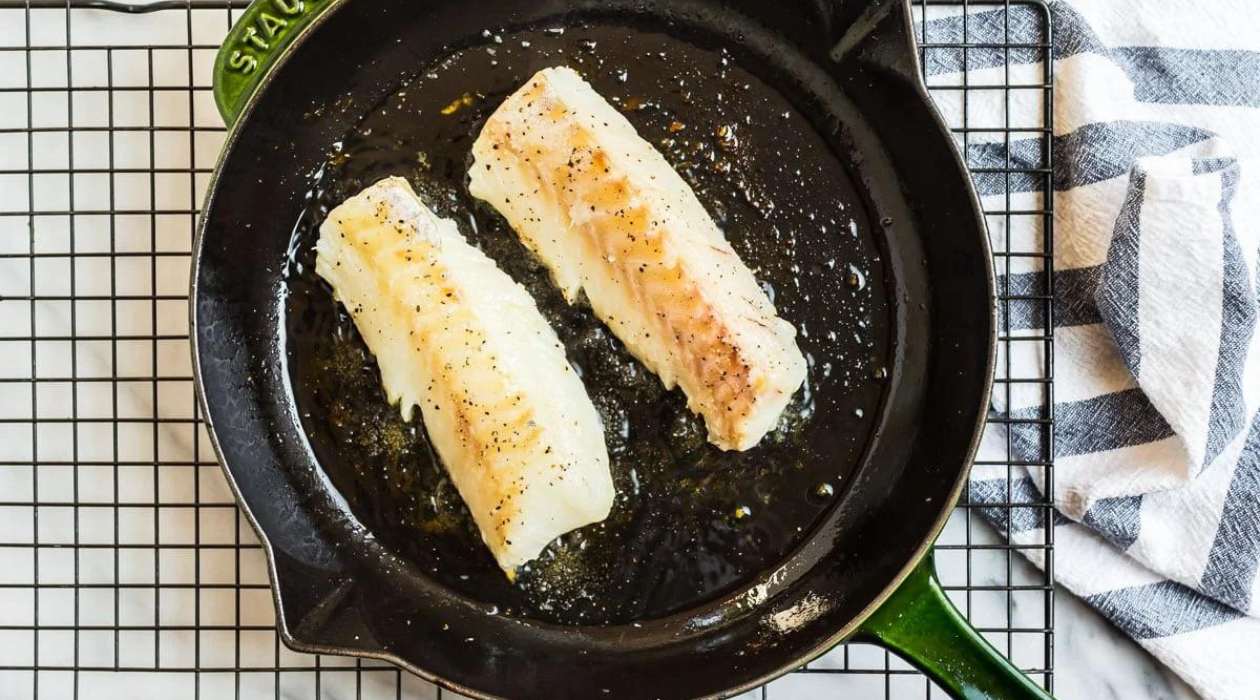
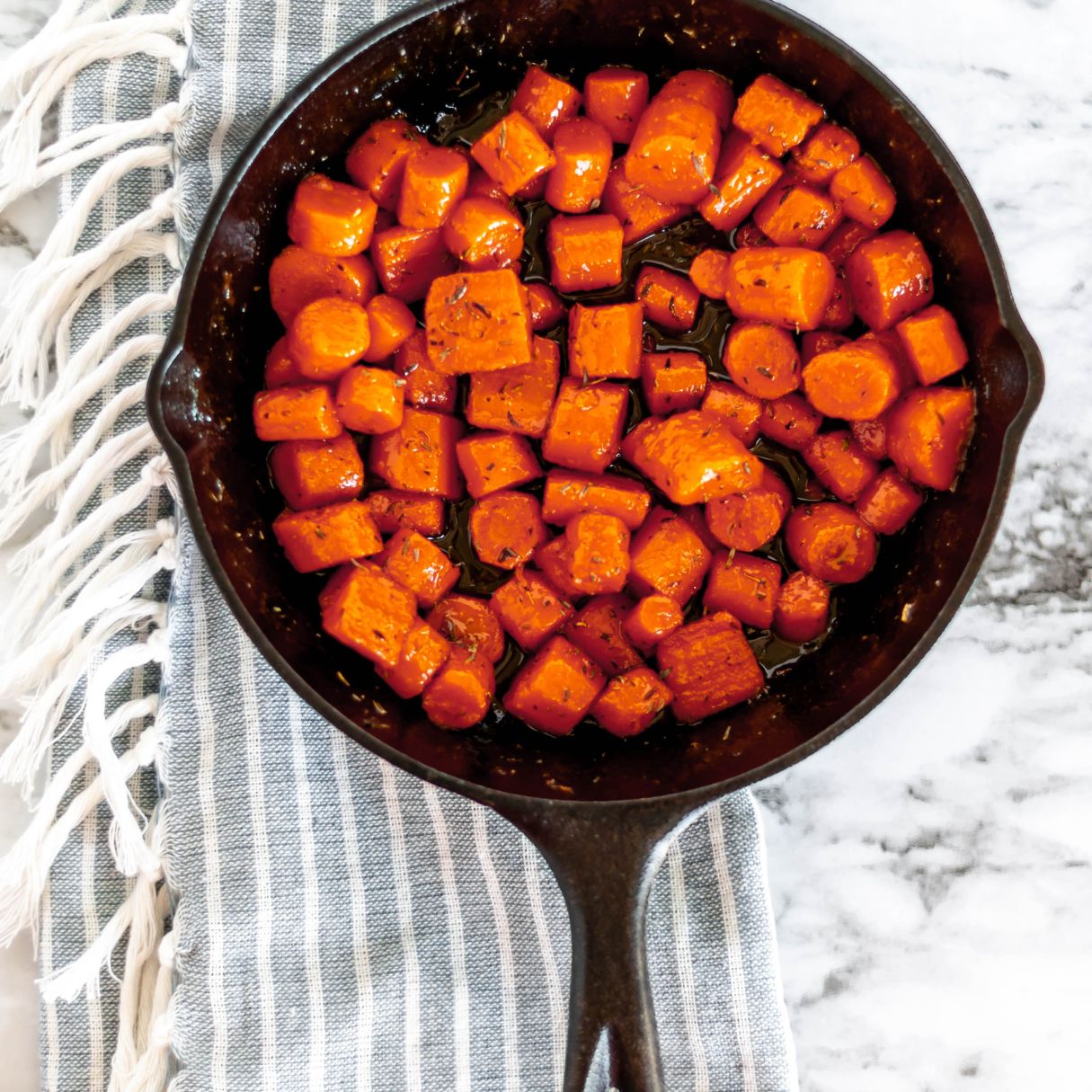
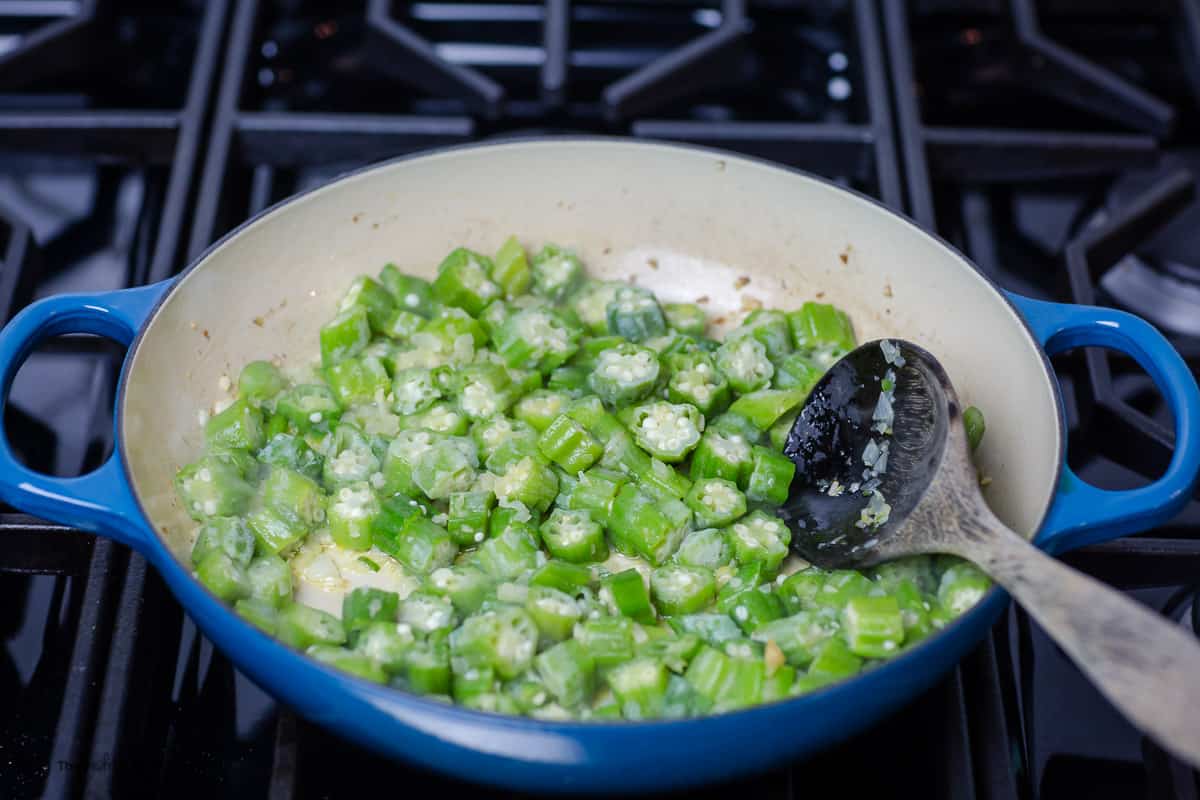
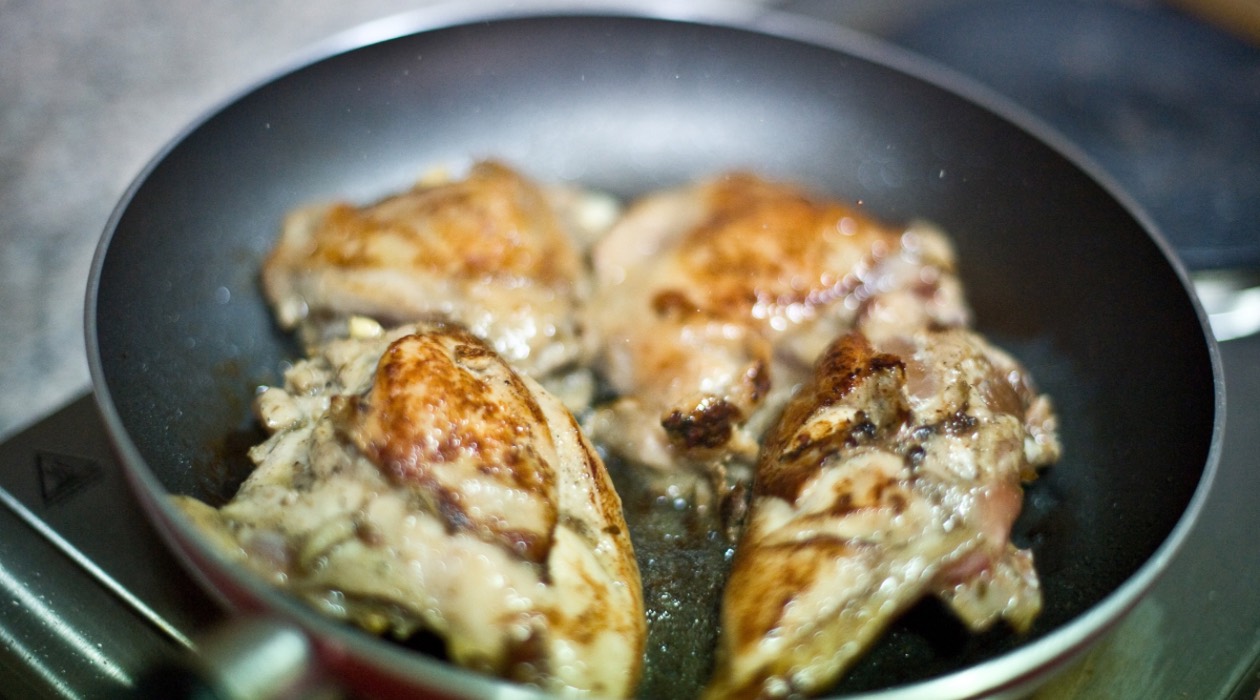
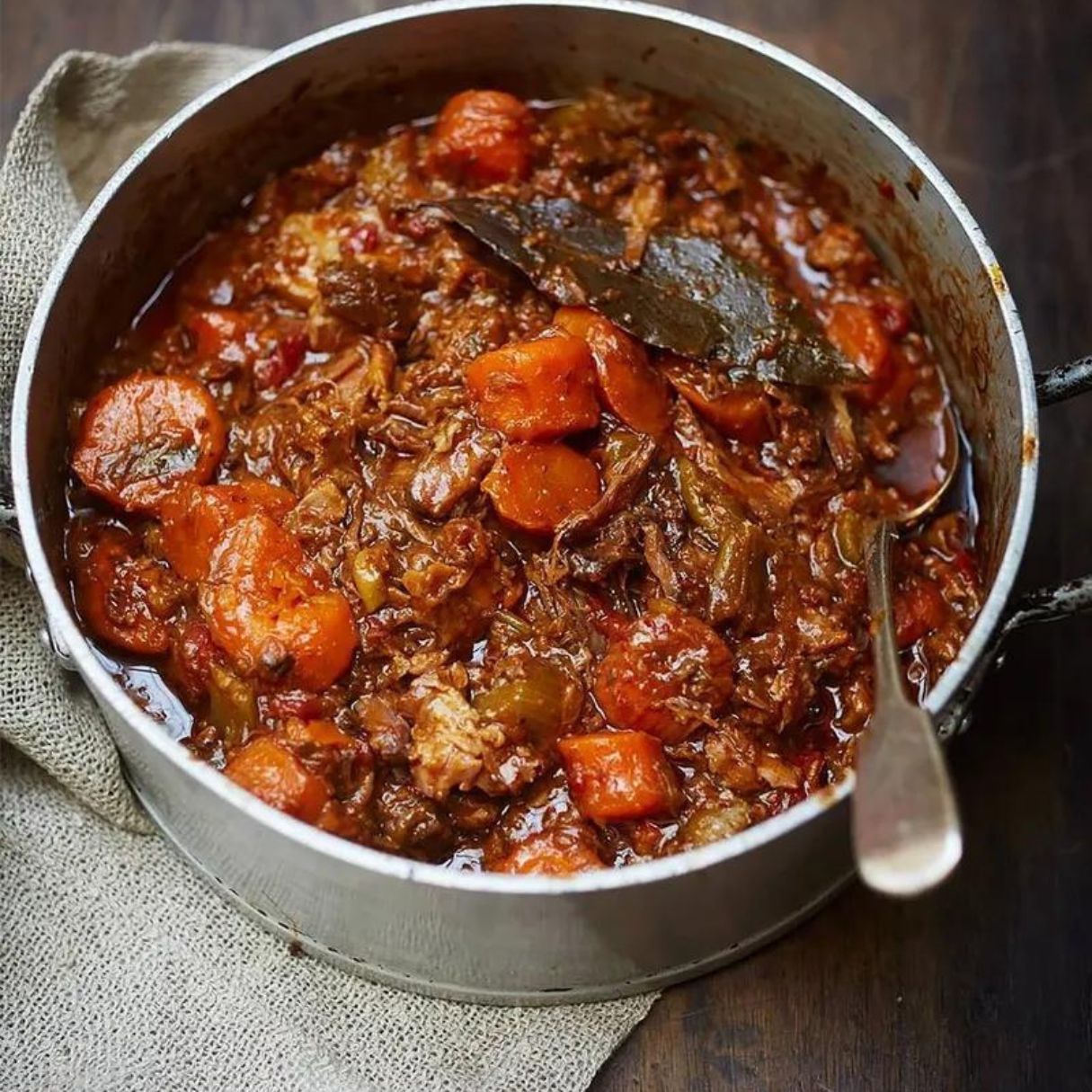
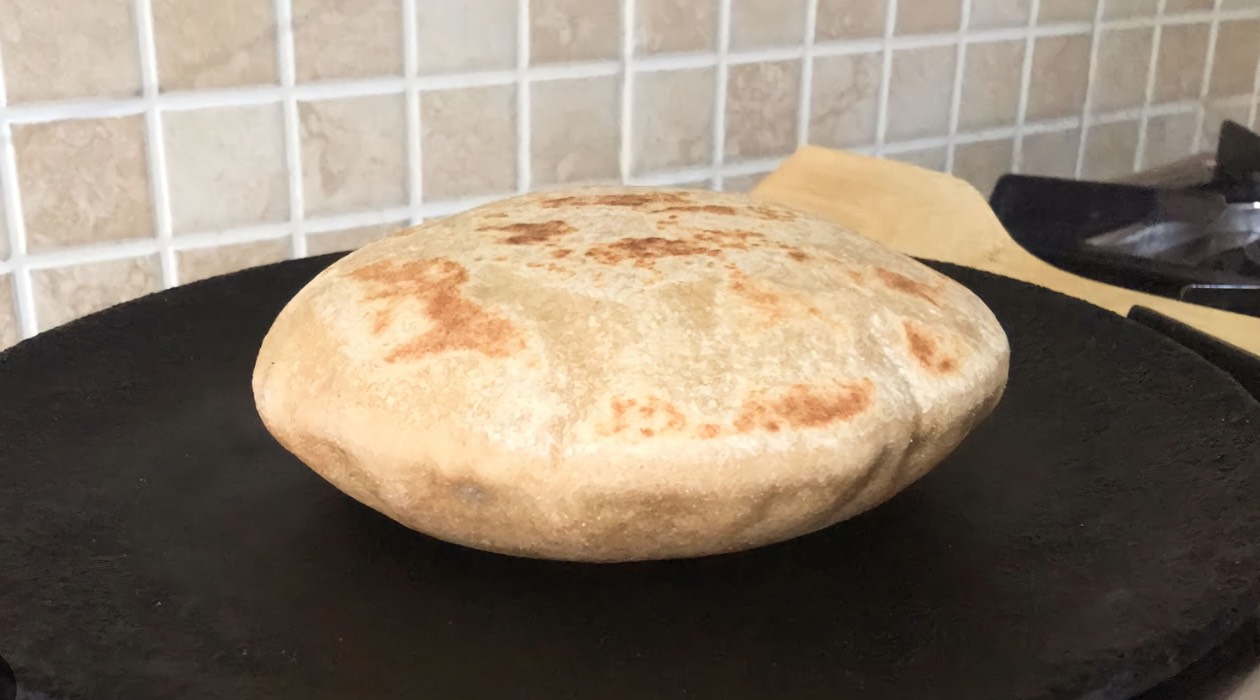
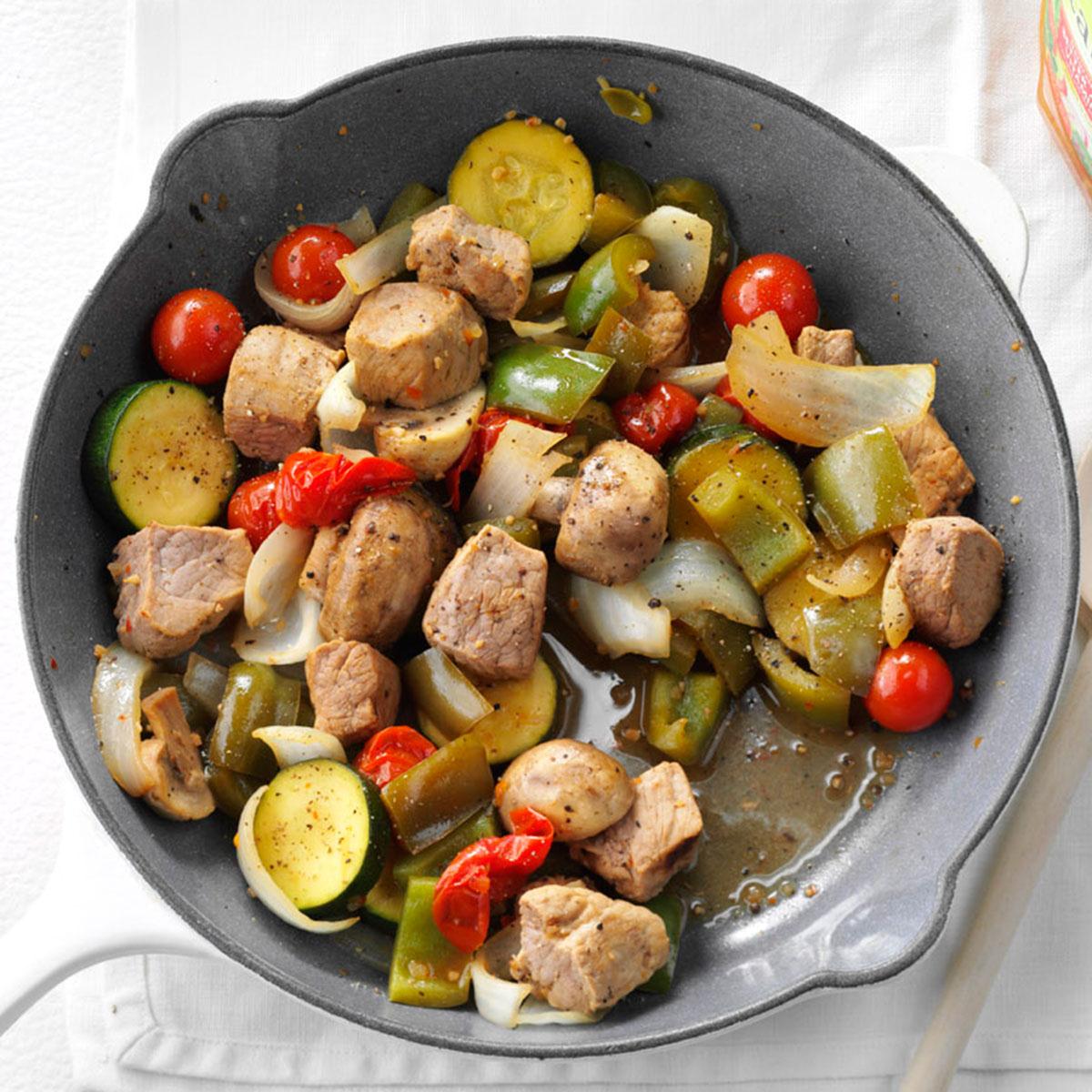
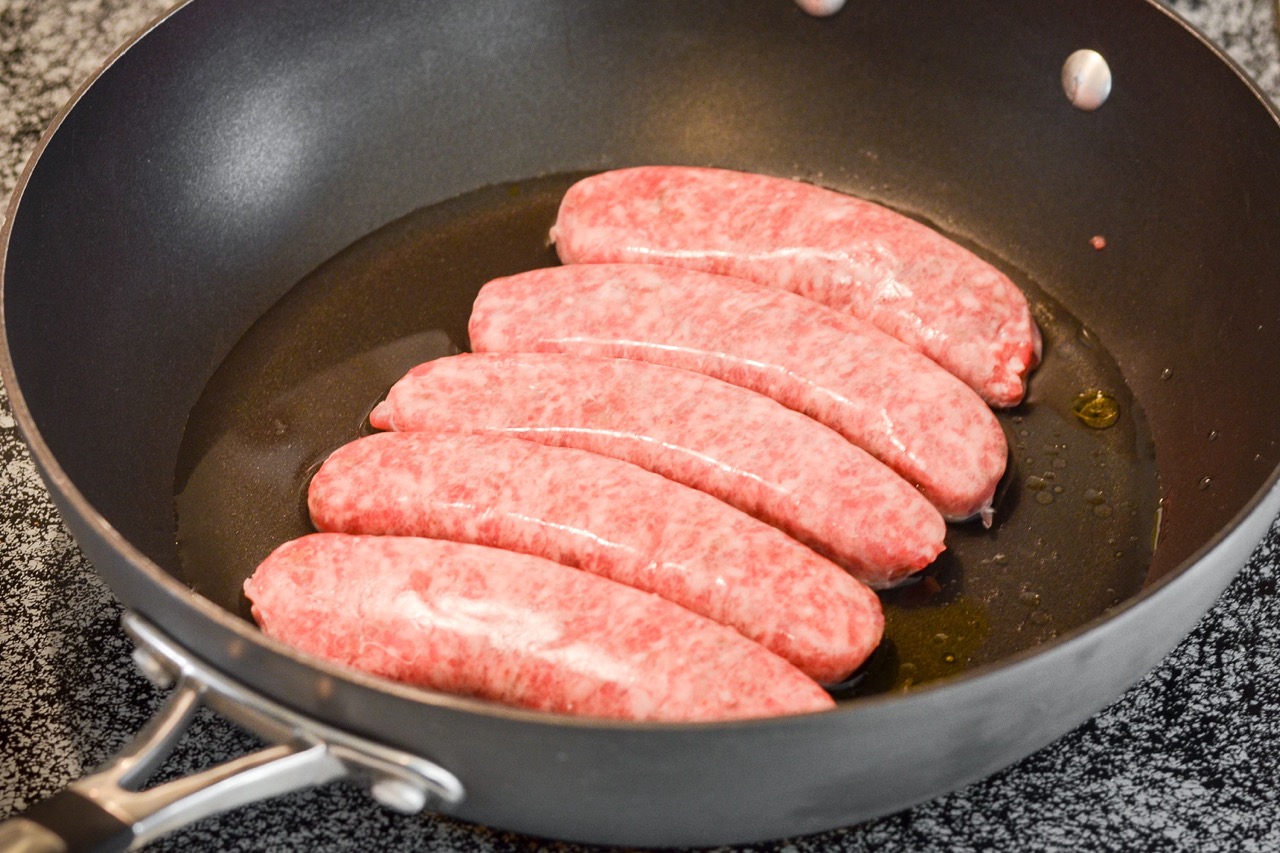
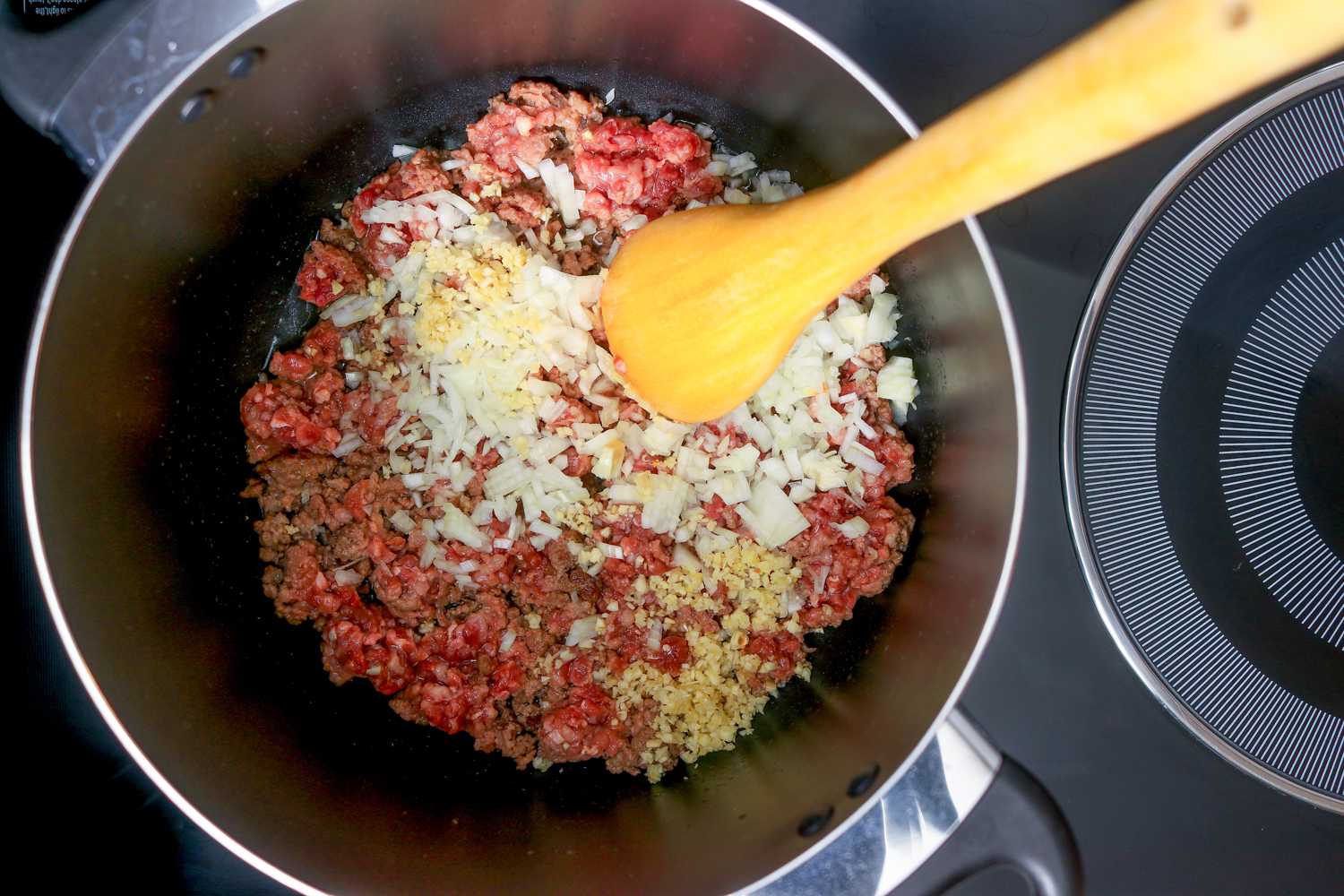

0 thoughts on “How Do You Cook Scallops On The Stove Top”